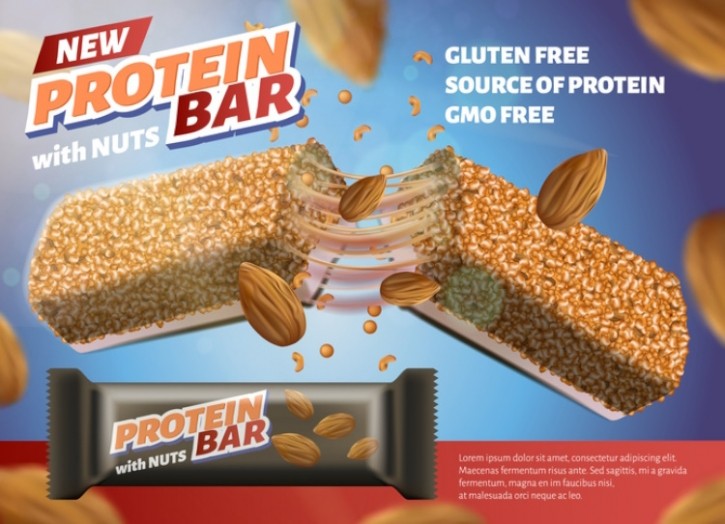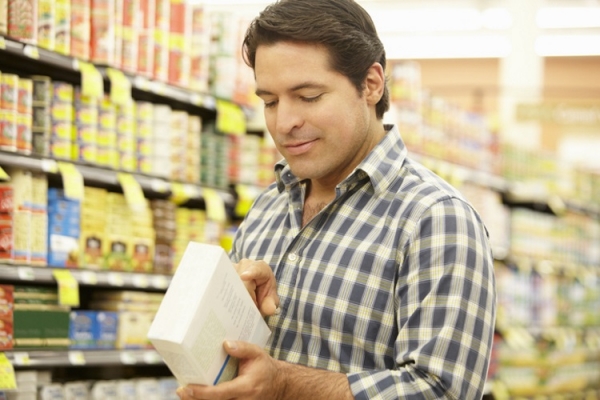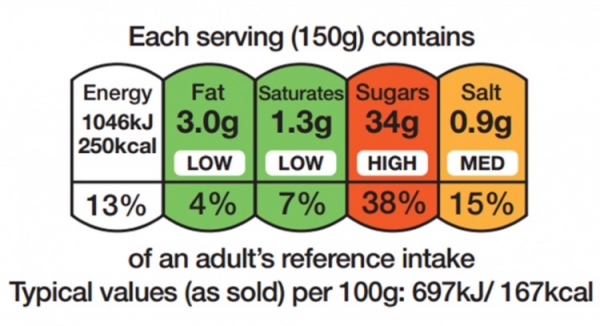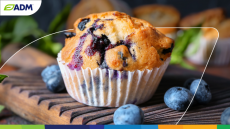How to eliminate the fuss of finding the right ingredient that hits compliance and nutrition targets

While the financial details remain confidential, the rationalization behind the acquisition is clear.
According to TraceGains, the integration of NutriCalc will enhance the ability to tackle NPD and reformulation – specifically targeting rapidly evolving consumer preferences – along with global safety, environmental, social and governance (ESG) challenges.
The bolt-on adds nutritional calculation, reporting and labelling software to an established ecosystem that enables manufacturers and suppliers to collaborate, sell ingredients, develop new products, ensure food safety, horizon scan, mitigate safety risks and comply with complex global regulatory requirements.
TraceGains inherits NutriCalc’s wealth of nutritional information, along with its customer base across the US, Europe, Asia-Pacific and Latin America. In turn, NutriCalc has access to TraceGains’ network of over 70,000 supplier locations and a database of more than 500,000 searchable ingredients from 158 countries.
“We’re excited about this acquisition because it offers a unique opportunity to drive industry advancement by merging top-tier nutritional calculation, reporting and labeling solutions with TraceGains’ established compliance and product development leadership,” said Gary Nowacki, CEO of TraceGains.
The mission driven company is justly proud of its platform, which enables the exchange of information between CPG processing sites and suppliers at each step of the farm-to-fork journey. Many of the world’s leading producer belong to the marketplace, including Grupo Bimbo, King Arthur Baking Company, Clif Bar & Co.
Falling in line
Getting products to market faster demands efficiency and speed at every stage of NPD, however, producers often stumble over typical challenges.
According to TraceGains, in an era where consumers are engaged, informed and making purchases based on dietary restrictions, ingredient considerations and the health of the environment, it’s crucial to ensure that labels and claims are compliant and accurate. Add the US Food and Drug Administration’s requirements over function claims and NPD teams can quickly fall behind schedule or go over budget. And that’s not only a focus in the US, every country and economic alliance has its own unique set of regulations that must be followed.
Finding compliant ingredients from qualified suppliers is half the battle. TraceGains claims its platform offers visibility into supply chain threats and regulatory risks for existing, experimental and alternative raw materials across suppliers and geographies. Teams can also compare formulation factors against predetermined limits for cost, compliance and additives to find the best combinations before physical trial testing.
The complexity of meeting nutrition targets
NutriCalc has spent the past three decades evolving its software into what it now touts as ‘the world’s most precise nutrition calculator’. The software is designed to help professional food businesses reach their recipe nutrition targets and allergen labeling requirements quickly, easily and within budget.
The onus on manufacturers and retailers to produce healthier products is rapidly ramping up, with government targets, pressure from health watchdogs and evolving consumer behaviour – along with the desire for a commercial advantage – dogging NPD and reformulation at every step.
Targets typically involve salt, sugars and fats – such as the push by the UK with its HFSS Regulations – along with a product’s nutritional content, as in the EU’s Nutri-Score’s 5-Colour Nutrition label (5-CNL).
Each comes with its own challenges. For example, according to NutriCalc founder Dr David Bartley, the salt level given in a nutrition panel is not the quantity of salt crystals added to the product. In a report, he writes that salt is actually calculated from the sodium level and should really be called ‘salt equivalent’. Saltiness comes from various sources – from additives like bicarbonate of soda to natural sources like anchovy – and it’s important to know how much sodium each is contributing. Sometime, several ingredients can contribute small amounts, which makes it even trickier to calculate.
He adds it’s worth noting the definition of sugars for labeling purposes. They consist of one carbon ring (eg, glucose) or two (eg, sucrose). Anything with three or more rings does not count as sugars (oligosaccharides). This means that some ingredients, such as glucose syrups, may contain say 80% carbohydrate, but less than half of this might actually qualify as sugars.
Making it all the more complicated is the fact that substantial reductions to salt, sugar and fat content can have a detrimental effect on microbiological safety.
It’s also a minefield when it comes to allergens. Creating free from products can have huge taste and cost implications, not to mention the effect that getting it wrong can have on a brand’s reputation.
In October 2021, Natasha’s Law came into effect, following the death of 16-year-old Natasha Ednan-Laperouse who died from anaphylactic shock after eating sesame seeds that had been baked into the dough of a Pret a Manger baguette. The packaging label didn’t specify the seeds and they were invisible to the naked eye. It’s now mandatory for UK businesses to label all food that is prepacked for direct sale with all 14 major allergens emphasised on the label:
- Celery
- Cereals containing gluten, such as wheat, rye, barley, and oats
- Crustaceans, like prawns, crabs, and lobsters
- Eggs
- Fish
- Lupin
- Milk
- Molluscs, like mussels and oysters
- Mustard
- Peanuts
- Sesame seeds
- Soybeans
- Sulphur dioxide and sulphites (at levels above 10mg/kg or 10mg/L)
- Tree nuts, including almonds, hazelnuts, walnuts, and others
“Since developing NutriCalc 30 years ago, it has become the industry standard in nutrition labeling across the globe at companies both large and small,” said NutriCalc founder Dr David Bartley.
“Our acquisition by TraceGains fuels the development of future innovations to the product and provides an immediate benefit to customers today by linking them to a robust ingredient marketplace and streamlining their processes. The combination of these products is powerful.”
Added Greg Heartman, VP of Product Management for TraceGains, “This move enriches TraceGains’ offerings in the food and beverage sector, focusing on simplifying and automating processes, integrating AI solutions, and enabling manufacturers and suppliers to leverage digital transformation.”



















